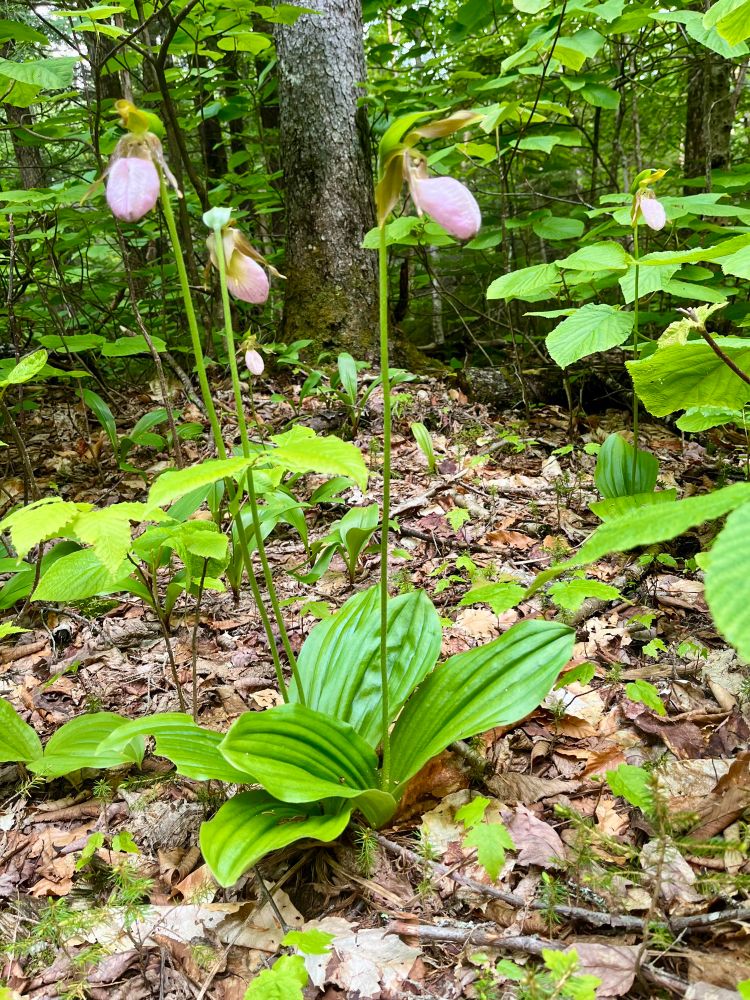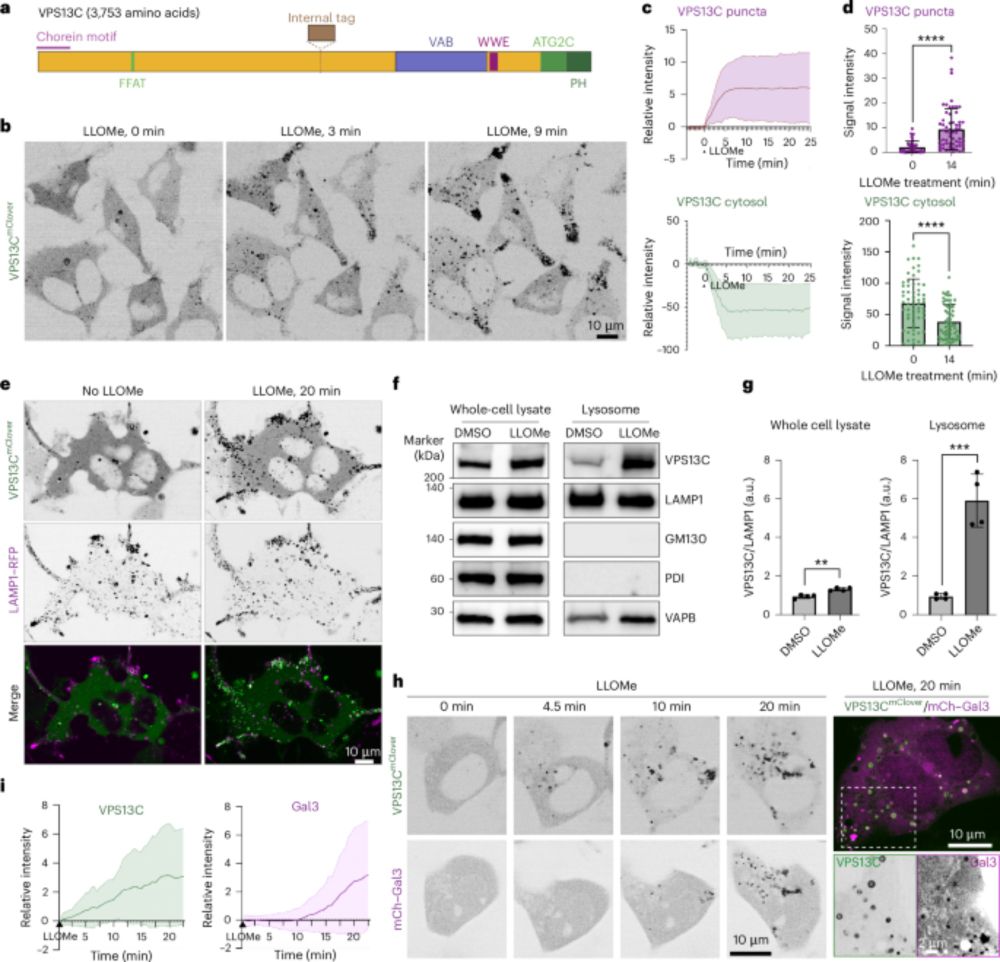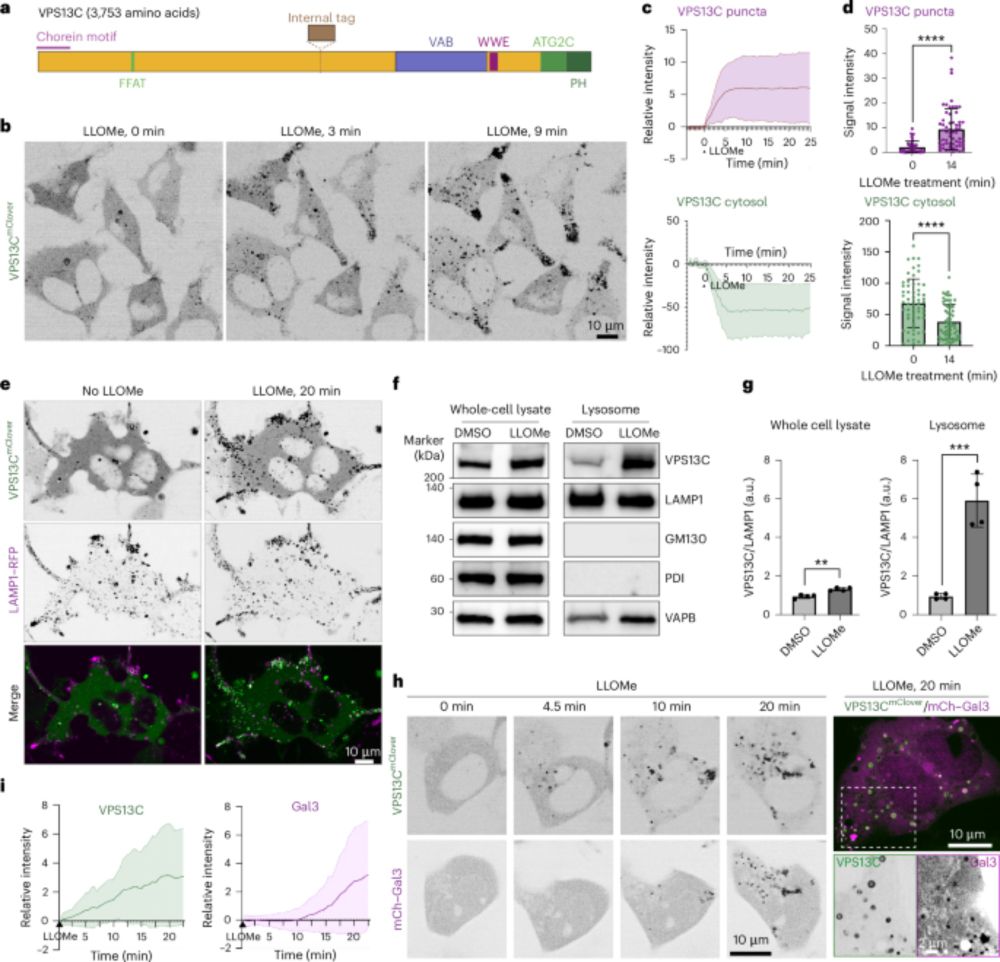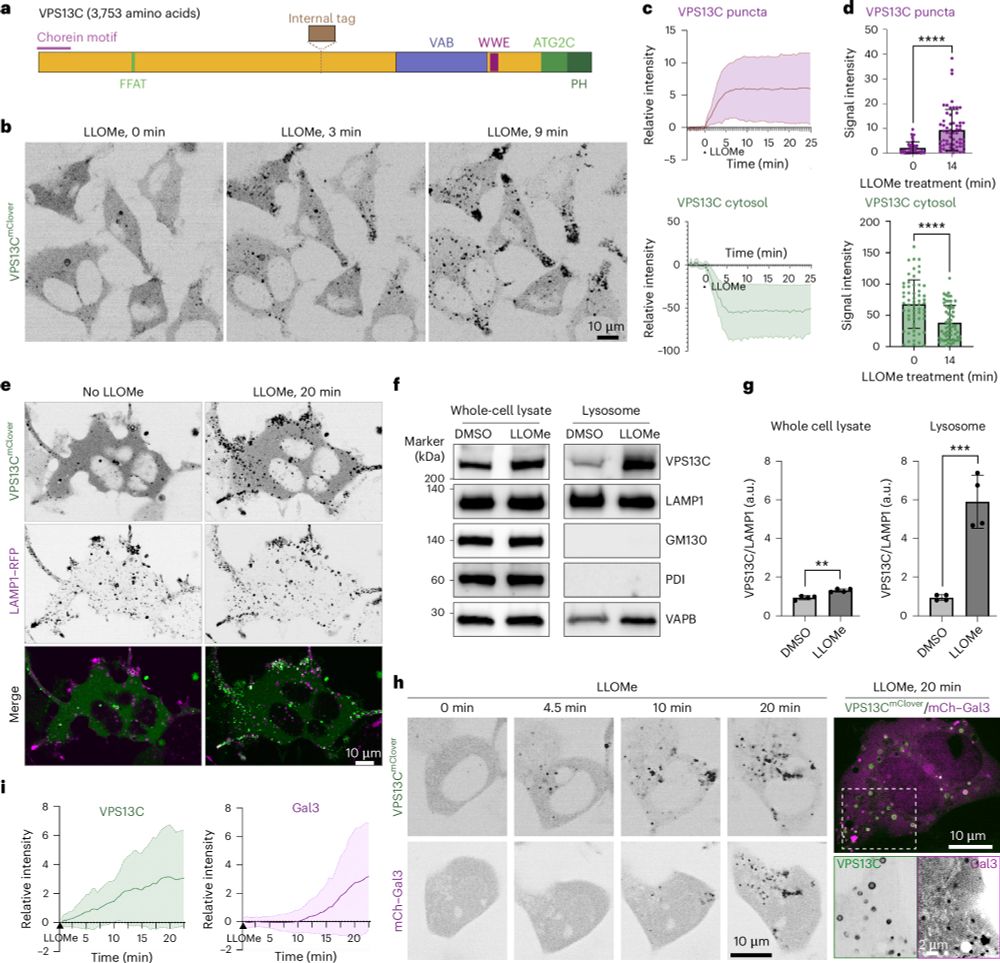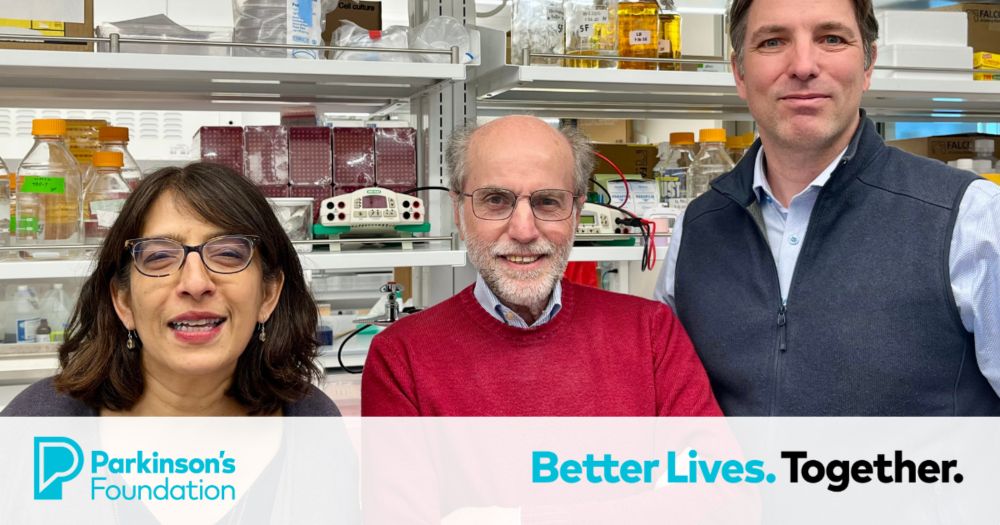
From Parkinson’s Foundation Research Center to Powerhouse: How Yale Became a Leader in Parkinson’s Science
📖Read the latest Advancing Research blog about the impact the @parkinsondotorg.bsky.social 2019 Research Center Award had on PD research at Yale University.
@schandralab.bsky.social
@shawnferguson.bsky.social
@pdc-lab.bsky.social
@yaleneuro.bsky.social
www.parkinson.org/blog/researc...
30.07.2025 14:31 — 👍 6 🔁 3 💬 0 📌 0
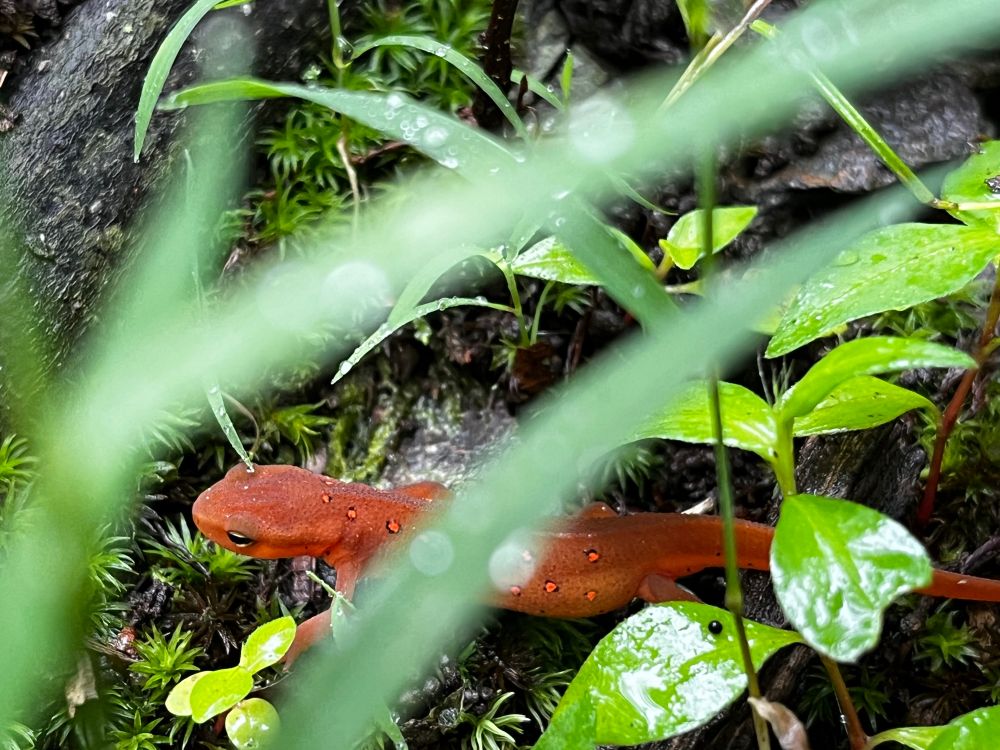 30.06.2025 00:10 — 👍 4 🔁 0 💬 0 📌 0
30.06.2025 00:10 — 👍 4 🔁 0 💬 0 📌 0
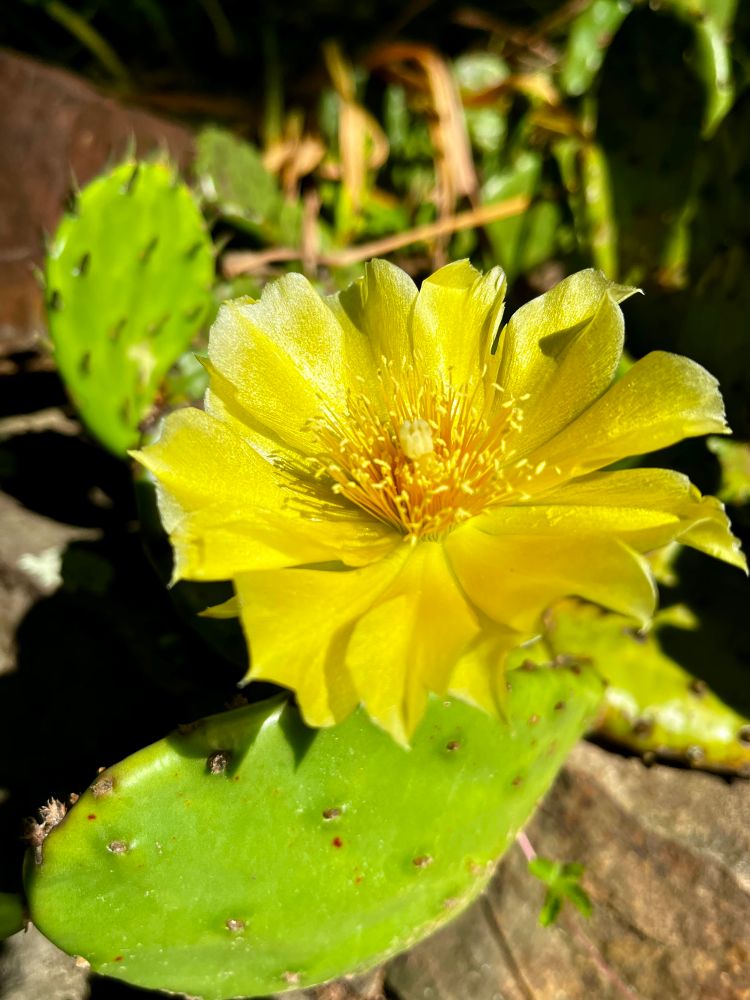
Connecticut cactus flower season 🌵
27.06.2025 00:55 — 👍 3 🔁 0 💬 0 📌 0
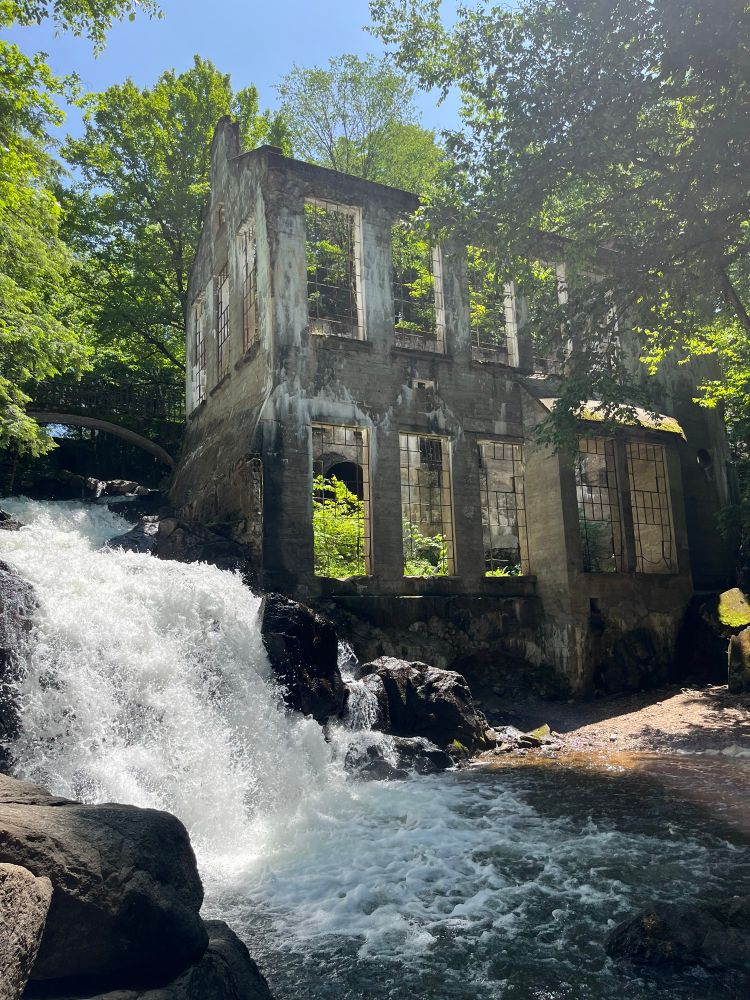
Carbide Wilson ruins.
Gatineau Park, Quebec
23.06.2025 02:17 — 👍 3 🔁 0 💬 0 📌 0
We are also interested in links to Parkinson’s disease based on recent studies that place JIP4 downstream of LRRK2 gain-of-function mutations, a major genetic cause of autosomal-dominant inherited Parkinson's disease. JIP4-mediated cystine release may therefore be relevant for Parkinson's disease.
09.06.2025 13:35 — 👍 1 🔁 0 💬 0 📌 0
With this new knowledge, we wonder if cysteamine, a therapy for cystinosis, would also help people with recently discovered loss of function mutations in JIP4?
09.06.2025 13:35 — 👍 1 🔁 0 💬 1 📌 0
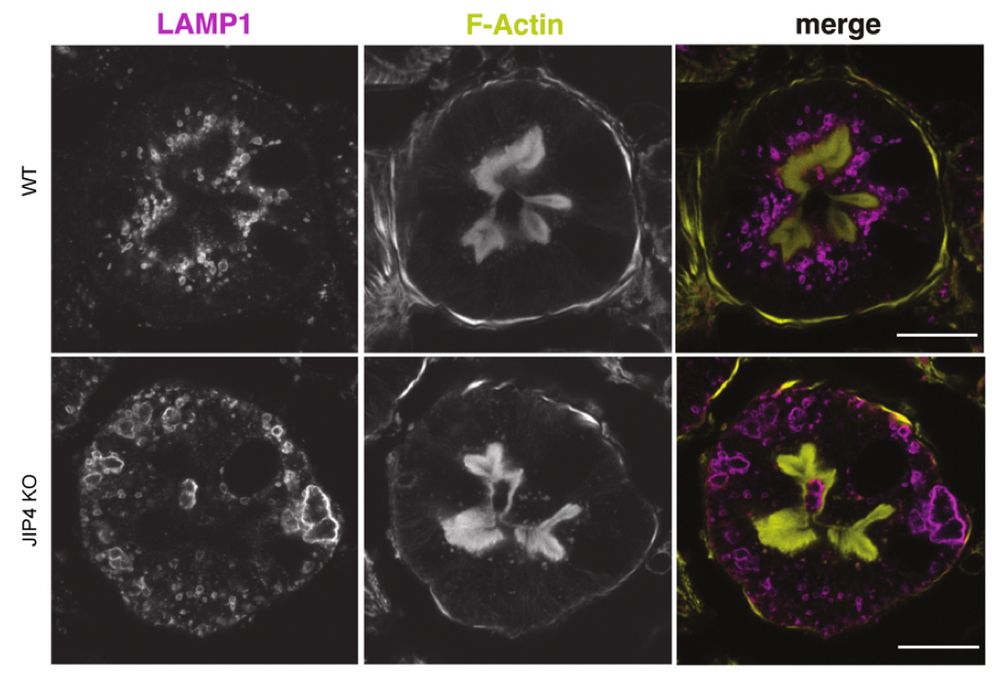
Just like in cystinosis, proximal tubule lysosomes are particularly sensitive to loss of JIP4! They lose their apical enrichment and exhibit a major storage defect!
09.06.2025 13:35 — 👍 1 🔁 0 💬 1 📌 0
We demonstrate, in both cultured human cells and a new JIP4 knockout mouse model, that loss of JIP4 phenocopies key features of cystinosis, the well-characterized lysosome storage disease caused by CTNS loss-of-function mutations.
09.06.2025 13:35 — 👍 1 🔁 0 💬 1 📌 0
Layla also we define the basis for a new lysosome storage disease arising from JIP4 loss-of-function mutations as well as a new category of lysosome storage disease arising from disruption of the machinery that regulates degradation of a nutrient transporter.
09.06.2025 13:35 — 👍 1 🔁 0 💬 1 📌 0
Our work from cultured human cells and a newly developed knockout mouse model demonstrates that the JIP4 scaffold protein suppresses ubiquitin-mediated degradation of cystinosin (CTNS), the transporter responsible for cystine efflux from lysosomes.
09.06.2025 13:35 — 👍 1 🔁 0 💬 1 📌 0
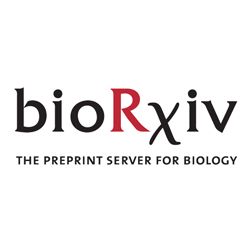
JIP4 deficiency causes a novel lysosome storage disease arising from impaired cystine efflux
Lysosomes break down macromolecules, clear cellular waste and recycle nutrients such as cystine. We describe a novel mechanism whereby JIP4 regulates lysosomal cystine storage by controlling the abundance of cystinosin (CTNS), the transporter responsible for lysosomal cystine efflux. To this end, JIP4, previously characterized as a motor adaptor and kinase signaling scaffold, suppresses TMEM55B-dependent ubiquitylation of CTNS. Loss of JIP4 reduces CTNS protein levels, leading to lysosomal cystine accumulation and lysosomal storage defects that phenocopy loss of CTNS in both human cells and the renal proximal tubules of JIP4 knockout mice. These phenotypes mirror cystinosis, the lysosomal storage disease caused by CTNS loss-of-function. Our findings thus reveal a fundamental process that controls the efflux of lysosomal cystine and has relevance to understanding human disease arising from JIP4 mutations. ### Competing Interest Statement The authors have declared no competing interest. NIH, AG085824, AG062210, R35GM150619 Michael J. Fox Foundation, https://ror.org/03arq3225, ASAP-000580
I am excited to share our new preprint! Led by @laylanassar.bsky.social , we have found a new JIP4-dependent mechanism that controls the efflux of cystine from lysosomes. Our findings have implications for both lysosome biology and human disease: doi.org/10.1101/2025...
09.06.2025 13:35 — 👍 20 🔁 6 💬 1 📌 0
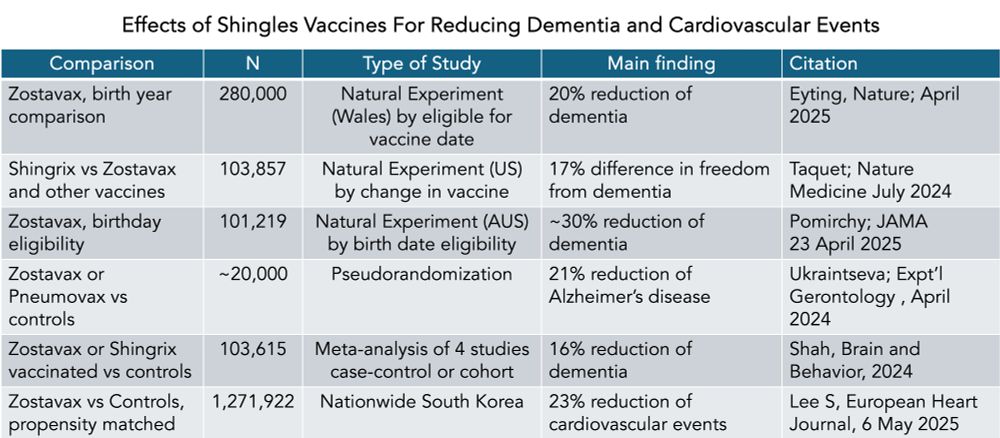
Multiple recent studies, including 3 impressive natural experiments, consistently show a link between Shingles vaccines and reduced dementia. This week a nationwide S Korea study added a reduction of cardiovascular events
My summary Table. More here on dementia erictopol.substack.com/p/the-shingl...
11.05.2025 21:27 — 👍 942 🔁 302 💬 26 📌 36
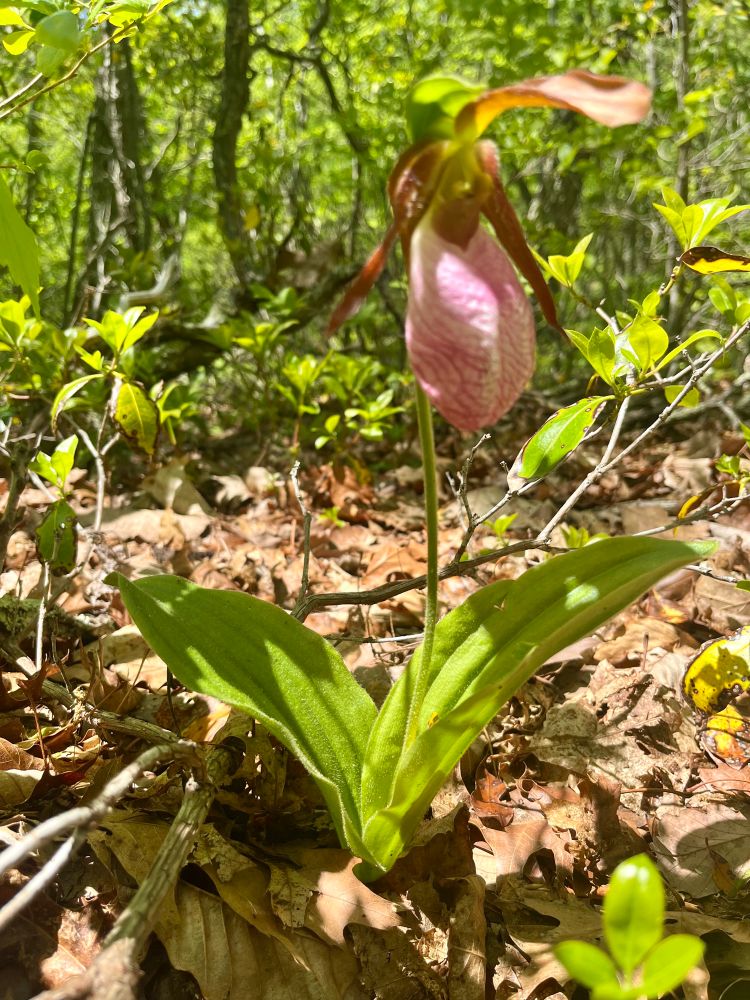
Pink lady slipper orchid
11.05.2025 17:20 — 👍 2 🔁 0 💬 0 📌 0
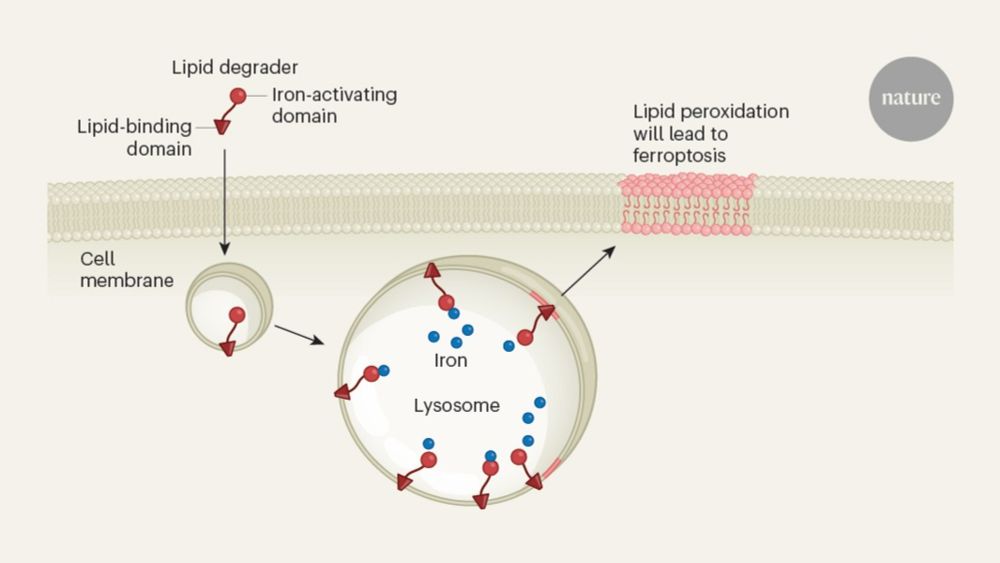
Lipid-degrading small molecule kills cancer cells by ferroptosis
A molecule designed to activate iron locked up in organelles called lysosomes and thereby induce cell death might offer a way to tackle treatment-resistant cancer.
Fantastic new study from Raphael Rodriguez' lab shows that induced proximity concepts can be used to induce Ferroptosis! Inducing proximity of lysosomal iron and lipids induces lipid peroxidation! What a cool concept! Have a look at our News/Views with @olzmannlab.bsky.social shorturl.at/cbc8D
08.05.2025 01:17 — 👍 18 🔁 6 💬 1 📌 0

Progranulin accumulates in the Golgi of microglia in the motor cortex of LRP10 KO mice
03.05.2025 18:23 — 👍 0 🔁 0 💬 0 📌 0
This research was supported by @pfresearchteam.bsky.social , @asapresearch.parkinsonsroadmap.org and The Bluefield Project to Cure FTD.
03.05.2025 17:08 — 👍 0 🔁 0 💬 0 📌 0
These discoveries are a foundation for future investigations of how this newly defined relationship between progranulin (GRN) and LRP10 affects the neurodegenerative diseases linked to these genes that include frontotemporal dementia, Parkinson’s disease, Lewy body dementia and Alzheimer’s disease.
03.05.2025 17:02 — 👍 0 🔁 0 💬 1 📌 0
LRP10 promotes trafficking of progranulin and prosaposin to lysosomes https://www.biorxiv.org/content/10.1101/2025.05.02.651888v1
03.05.2025 14:30 — 👍 2 🔁 3 💬 0 📌 0
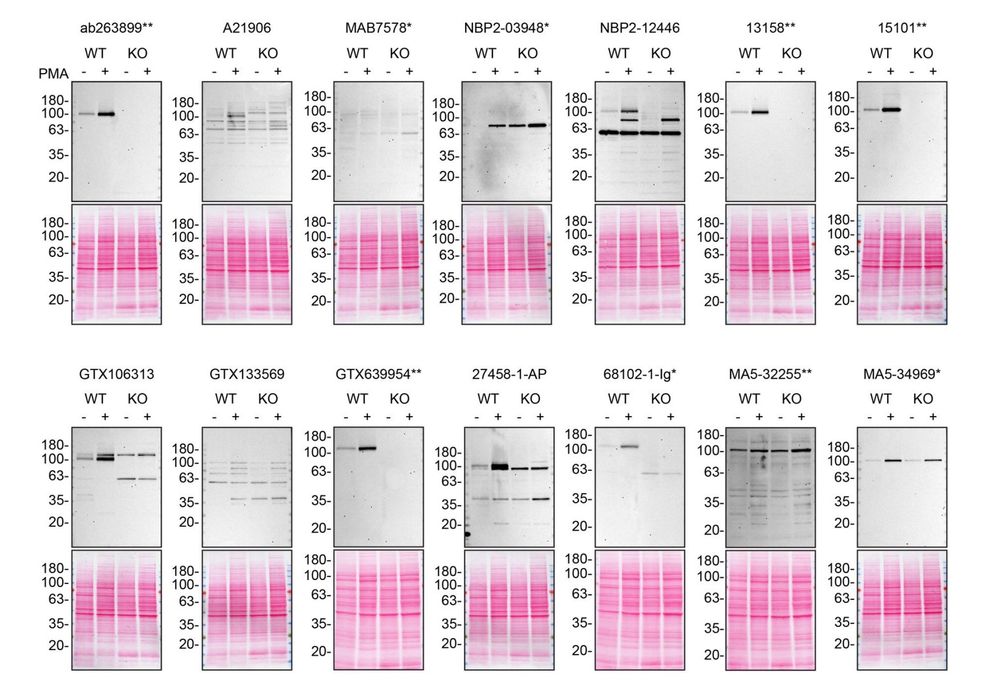
Antibodies don't work.
NLRP3 is by far the most studied inflammasome — yet <30% of commercial antibodies were specific.
Only 4 of 14 tested antibodies detected NLRP3 specifically.
Antibodies must be validated before use.
Full report by @ycharos.bsky.social : zenodo.org/records/1162...
30.04.2025 06:15 — 👍 74 🔁 27 💬 4 📌 4

Red eft on a mossy rock
Springtime forest friend
27.04.2025 15:48 — 👍 52 🔁 6 💬 0 📌 2
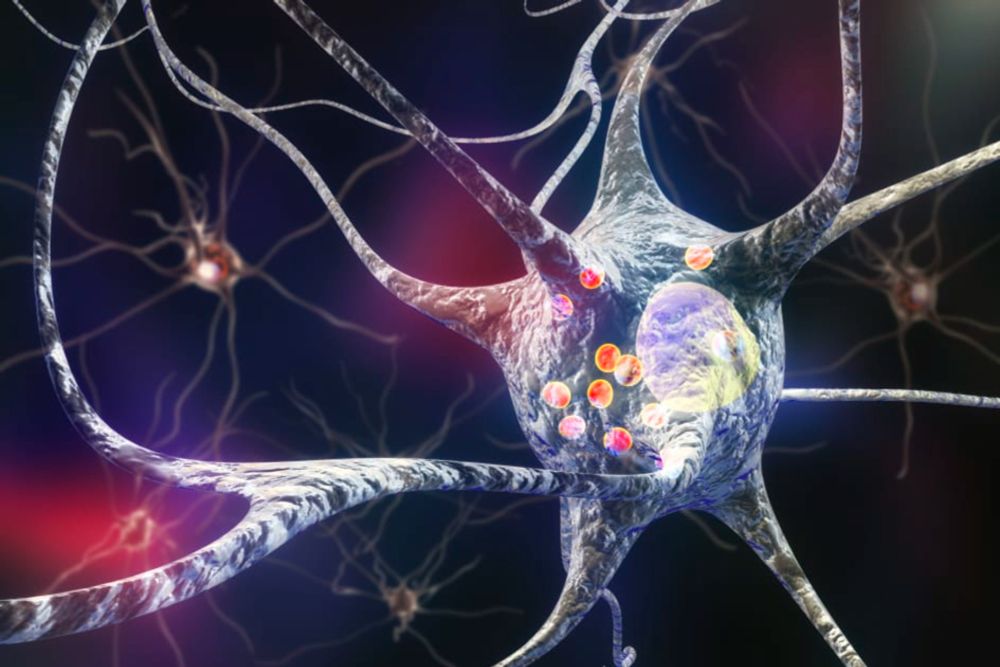
Damaged Cell ‘Trash Cans’ May Contribute to Parkinson’s Disease
A new study on a gene called VPS13C adds to growing evidence that lysosomal dysfunction may be one mechanism through which Parkinson’s disease arises.
In a new @naturecellbiology.bsky.social paper, @pdc-lab.bsky.social, @xinbowang.bsky.social, & @shawnferguson.bsky.social found that proteins VPS13C & LRRK2 react to lysosomal damage to repair it— an inability to repair damaged lysosomes may be one mechanism that contributes to Parkinson’s disease 🧠
16.04.2025 15:53 — 👍 4 🔁 1 💬 0 📌 0
Thanks for amplifying the excellent work spearheaded by Rebecca Wallings & team on roles of #Gpnmb & #Grn in peripheral immune cell function
12.04.2025 03:01 — 👍 4 🔁 3 💬 0 📌 1
🫐🫧PhD student working with cerebral organoids & microglia to study FTD | Wray Lab, UCL 🧫🧠 & coordinate the GENFI participant engagement board!
Assistant Professor Georgetown University Department of Neuroscience
Stem cell researcher | fighting dementia | UCL London
Postdoc @PDC Lab @Yale/HHMI
PhD from Hong-Wei Wang lab in School of Life Sciences @Tsinghua University
PhD candidate at Yale Cell Biology
Asst. Prof UCLA | Glial biologist interested in how glial-neuron interactions shape neuron health and function throughout the lifespan. Mother and wife. Lover of nature, novels, and really good bread. | Opinions my own.
The Parkinson's Foundation knows that a research breakthrough can happen at any time & believes in educating our PD community with the latest research updates.
https://www.parkinson.org/advancing-research
Postdoc at the Department of Cell and Molecular Biology, USP/Brazil. Exploring how vesicular traffic regulates immune cell function.
Professor of Molecular Therapeutics @ Berkeley-MCB
Cofounder of Frontier Medicines
Codirector, Molecular Therapeutics Initiative
Lysosomes, mTORC1, nutrient signaling, growth regulation, metabolism, autophagy, quality control.
www.robertozonculab.org
postdoc@Kosinski EMBL HH
visiting postdoc at giardia lab @FasoLab Uni Bern 🚀
giardia/chc/autophagy/tomo/clem
There are no perks. Permanently with my head in the clouds. Pessimist and lover of chaos, raccoons, celestial bodies and waves.
Biochemist 🧪| Empowering Life Scientists and Science Communicators to Achieve Their Career Goals | UCLA PhD + NIH Alum | Pharma R&D @GSK + @AstraZeneca 💊 | #SciComm Director ✍️| Career Coach | Star Trek | Sherlock Holmes | 🎹 | https://larrymillerphd.com
Researching molecular basis of neuronal communication and synaptic plasticity | Clem Jones Centre for Ageing Dementia Research | Queensland Brain Institute | The University of Queensland - Australia | NHMRC MIND-AD CRE
www.anggonolab.org
Neuropathologist and Investigator at the Institute for Neurodegenerative Diseases and Weill Institute for Neurosciences at UCSF; aspiring coffee connoisseur
- Metabolism, energy, & sustainable weight loss
- Helped 100+ so far
- NC, USA📍
- No-Cook Fat Loss Plan → https://www.etsy.com/listing/4319160377/lazy-fat-loss-meal-plan-high-protein-no?etsrc=sdt
🔥Side Quest Sundays: @sidequestsun.bsky.social
Interested in the cell Biology of phagocytosis, phagosome maturation, lysosomes, phosphoinositides, and more.
Associate Professor at UCLA, all things chemical biology, chemoproteomic-, covalent-, cysteine- and redox-related

 30.06.2025 00:10 — 👍 4 🔁 0 💬 0 📌 0
30.06.2025 00:10 — 👍 4 🔁 0 💬 0 📌 0




